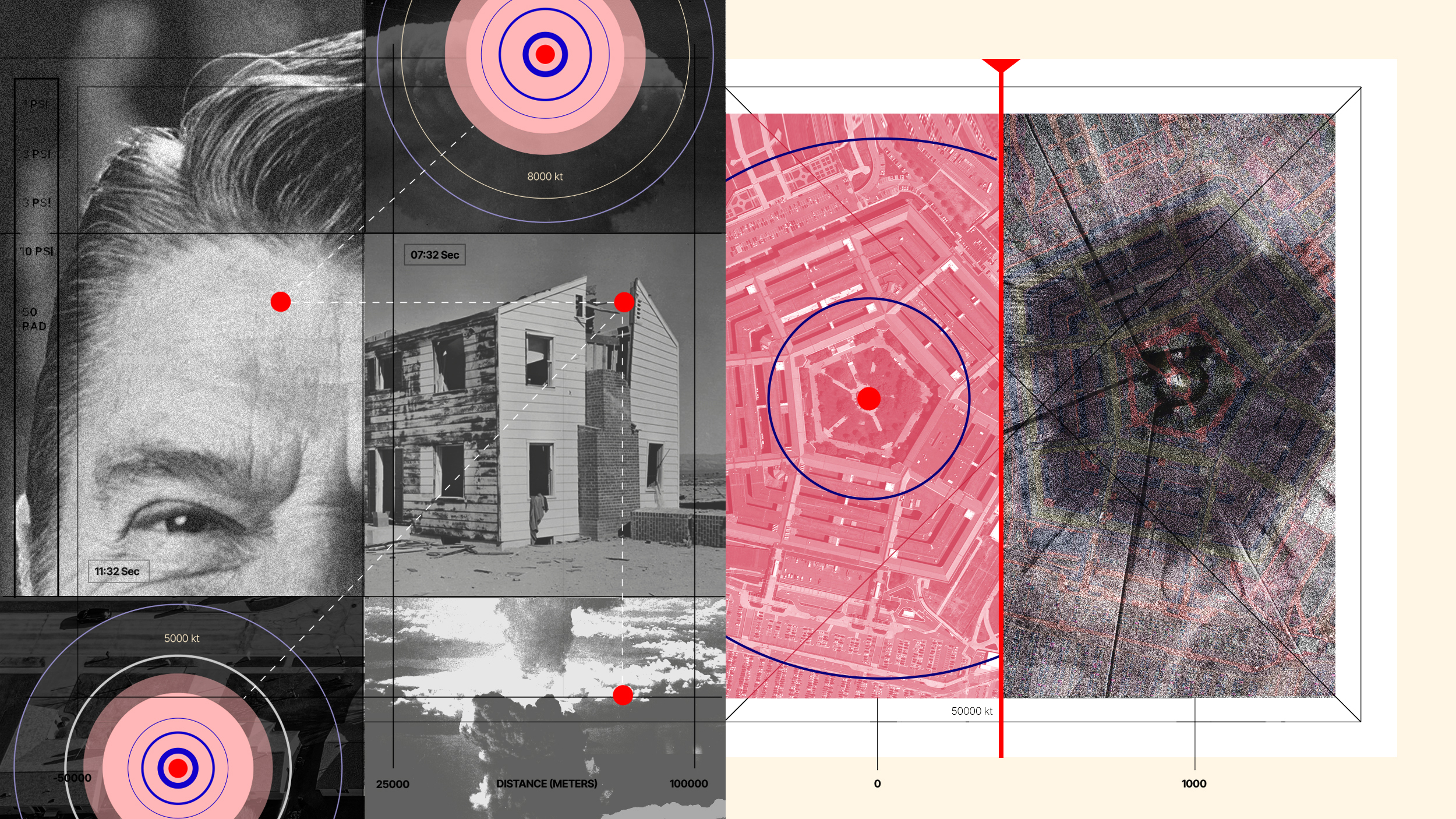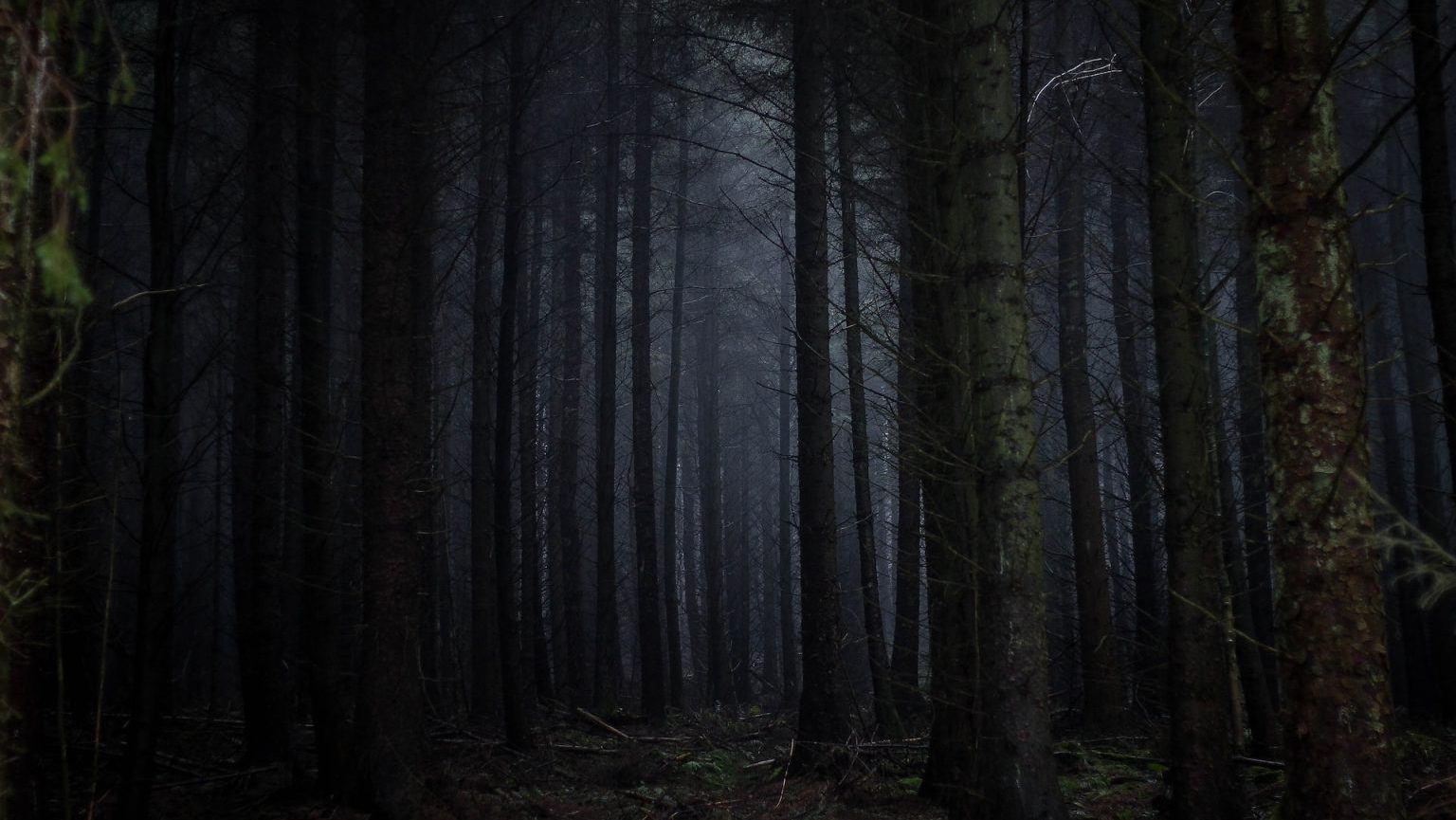120 – Hip to Be Square: the Land Ordinance of 1785
n
The United States expanded westward in ever more rectangular fashion, leading to states out west that are so square, they’re only recognisable in their geographical context.
n
This map dates from the beginning of that expansion of ‘square-ness’, and provides an insight into the method of surveying, claiming and taking possession of new territories, as it was done in the US of that day.
n
In 1785, the US Congress adopted the Land Ordinance Act in order to raise money: under the Articles of Confederation, Congress couldn’t tax US citizens directly, but could raise money by selling land in the recently acquired Northwest Territory.
n
The Land Ordinance also provided for the division and organisation of the land to be sold, provisions that remained central to US land policy until the Homestead Act (1862). Those provisions were:
n• Surveyed land was to be divided into square townships
n• Each side of such township squares was to be 6 miles long (or 480 ‘chains’: 80 ‘chains’ to the mile)
n• Each township was to be subdivided into 36 sections of 1 square mile (640 acres; 259 hectares) each
n• Section #1 would be the northeasternmost one, the numbers then adding up westward. In the second row, the numbers would then again run west to east, zigzagging like this all the way down
n• Each section could be further subdivided for sale to settlers and speculators
n• Some sections were reserved for specific purposes. Public schools were often established in section #16 of each township. Sections #8, 11, 26 and 29 were at least in theory reserved as compensation for veterans of the Revolutionary War.
n
This map taken here from the Official Federal Land Records website of the Bureau of Land Management (US Dep’t of the Interior), the text based on the relevant Wikipedia entry.
n






